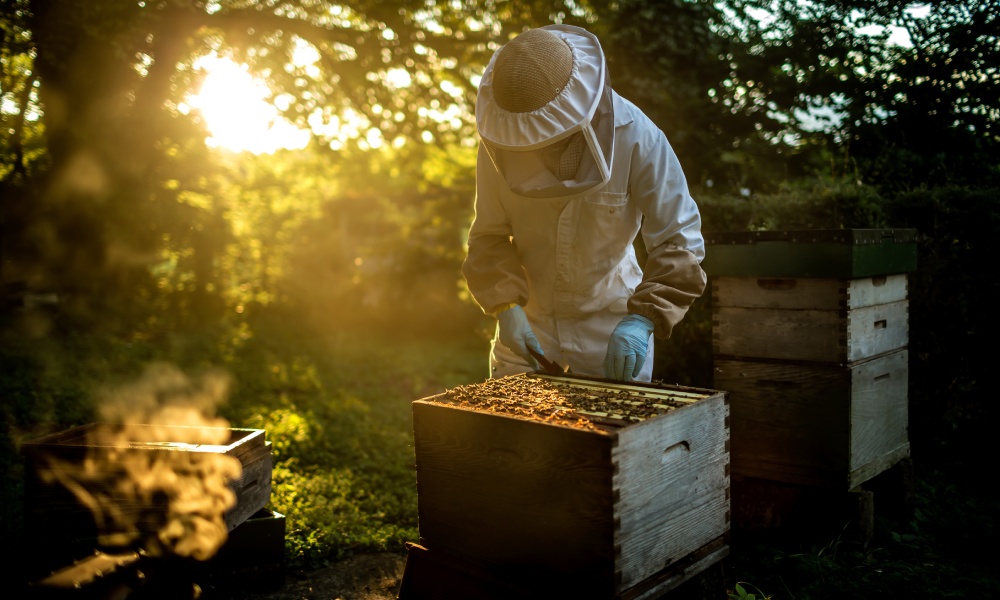Setting up a beehive is an exciting venture for new and seasoned beekeepers. The location you choose for your bees can significantly impact their health and productivity. By carefully considering where and how you place your hive, you can ensure your bees thrive and produce the best honey possible.
This guide explores the factors to consider when selecting a beehive location and the importance of a proper stand. With practical insights and tips, you’ll be well-equipped to create an optimal environment for your buzzing companions.
Sunlight and Shade Considerations
Bees thrive in environments with optimal sunlight. Placing your hive where it receives morning sunlight helps warm the bees and gets them active early in the day. However, too much exposure to harsh afternoon sun can cause overheating.
You want a spot that strikes a balance between sunlight and shade. Trees or temporary shade structures can provide relief during the hottest parts of the day, keeping your hive at a comfortable temperature. By observing how sunlight moves across your property, you can find the perfect spot that balances warmth with protection.
Wind Protection for Your Hive
Wind can disrupt the activities of a beehive, so you’ll want to protect the hive from the strong winds. Positioning your hive near natural barriers like hedges or fences can shield it from strong gusts. Such barriers help maintain a stable environment for your bees, allowing them to focus on collecting nectar and pollen.
A solid beehive stand contributes to stability, ensuring your hive remains secure even in windy conditions. By considering wind protection in your setup, you help create a conducive environment for your bees.
Proximity to Water Sources
Bees need a reliable water source to regulate hive temperature and mix food for larvae. Placing your hive near a clean, accessible water source is beneficial. A birdbath or shallow dish with pebbles can serve this purpose if natural water sources are scarce.
Ensure that water is easily accessible to reduce the energy the bees spend searching for it, allowing them to focus on honey production. Consistent access to water is a critical factor in maintaining a healthy and productive hive.
Beekeeper Accessibility
Easy access to your beehive simplifies maintenance tasks and inspections. When choosing a location, consider how you’ll reach the hive when you’re wearing and use the essential beekeeping gear. A path clear of obstacles ensures safe and efficient visits to your bees.
The more accessible your hive, the easier it is to perform regular checks, harvest honey, and address any issues. By planning for accessibility, you enhance your ability to care for your bees and maximize their productivity.
Selecting the Right Stand
Choosing the right beehive stand is essential for long-term hive management. Consider the material, height, and stability of the stand you select. A sturdy stand prevents tipping and provides a solid base for your hive. The height of the stand should allow you to work while keeping the hive elevated from potential threats. By prioritizing the stand’s quality and suitability, you enhance the safety and efficiency of your beekeeping practices.
Choosing the right location and stand for your beehive significantly impacts its success. By considering factors like sunlight, wind protection, and water proximity, you create an environment that supports healthy bees and abundant honey.




